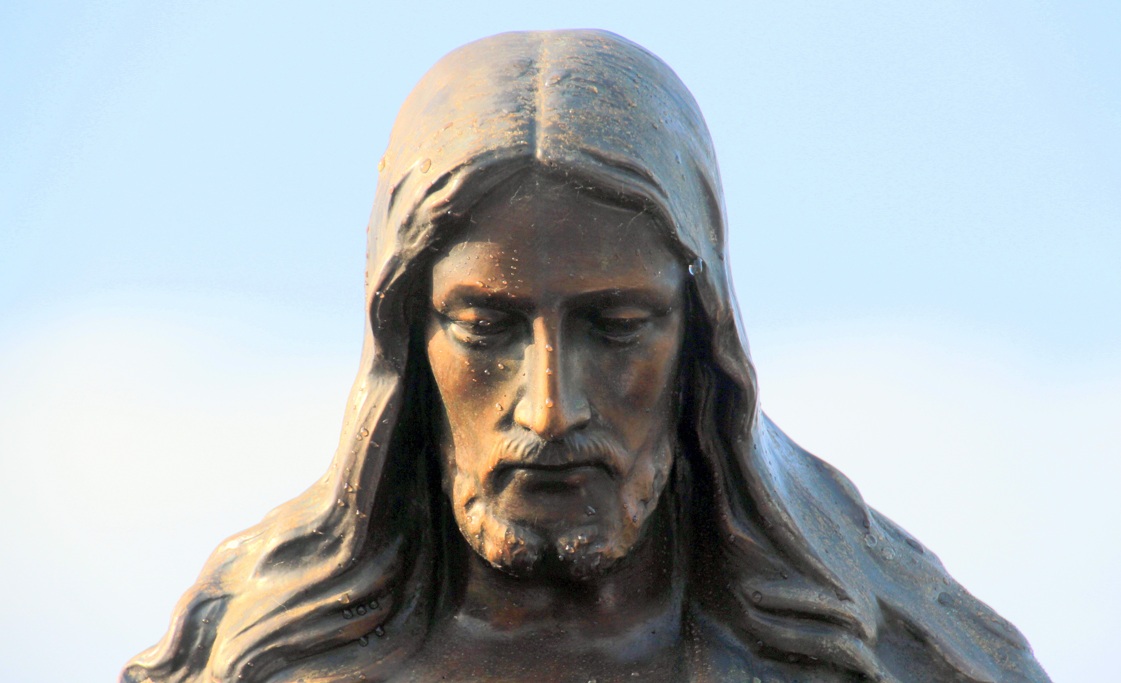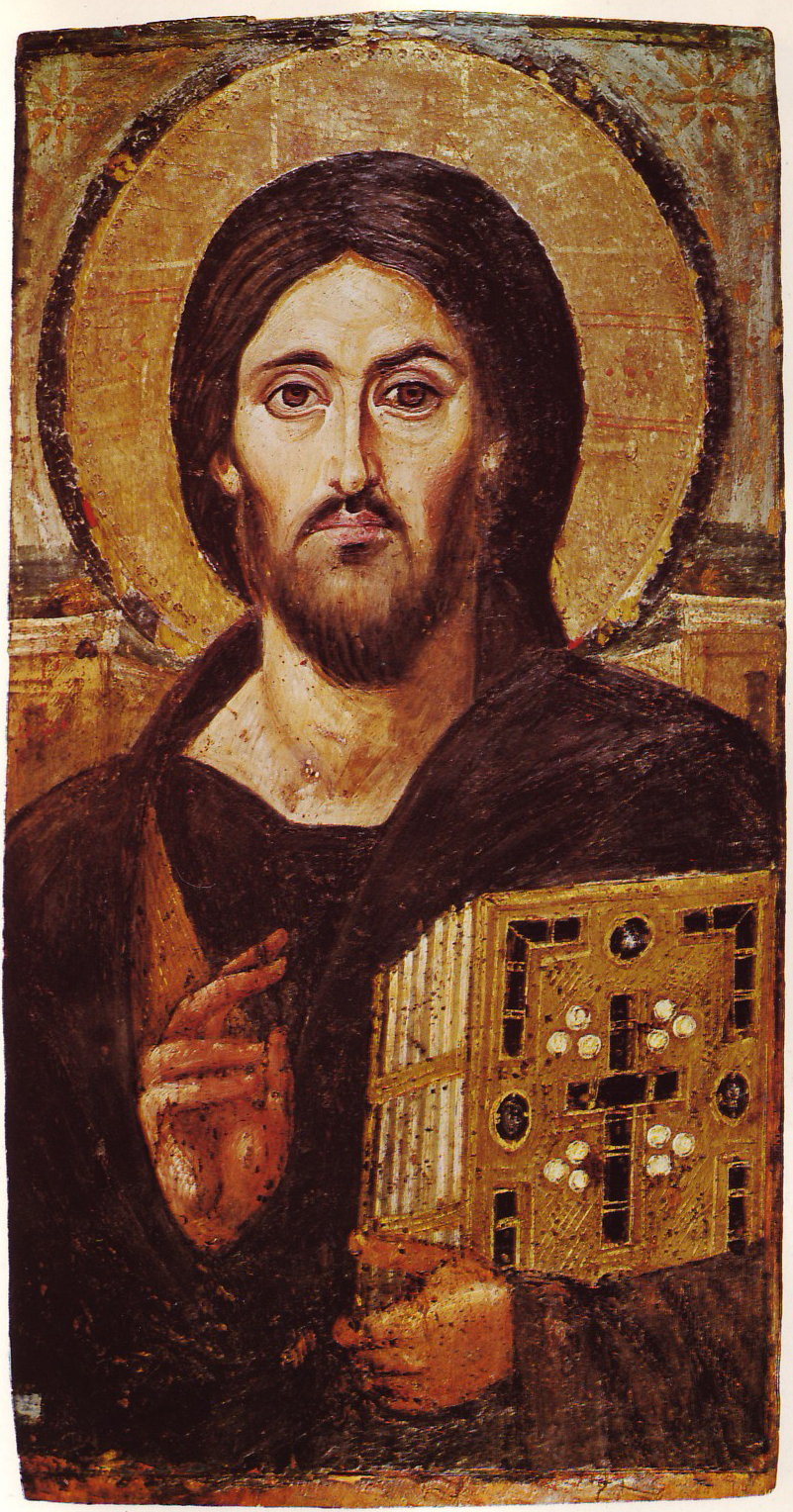The Dynamic Face of Christ
Homily for the Tenth Sunday After Pentecost
August 17, 2025

Homily for the Tenth Sunday After Pentecost
August 17, 2025

Homily for August 17, 2025
The Tenth Sunday After Pentecost
Luke 12:49-56
This summer, Luke’s Gospel has been offering us two “faces” of Jesus. For example: several weeks ago Jesus kindly taught his disciples how to pray, assuring them that if they, “Ask…it will be given,” if they “search… [they] will find,” and if they “knock… the door will be opened” (Luke 11:9). But the following week Jesus sternly warned them to, “Take care! Be on your guard against all kinds of greed,” and he told the parable of the rich fool, to whom God said, “’This very night your life is being demanded of you. And [all] those things you have… whose will they be?’” (12:15, 20). Or again, last week Jesus compared us to sheep and spoke of God having “good pleasure” toward us: “Do not be afraid, little flock,” he said, “for it is your Father’s good pleasure to give you the kingdom” (Luke 12:32). But this week Jesus says: “Do you think I have come to bring peace to the earth? No, I tell you, but rather division!... they will be divided:
father against son
and son against father,
mother against daughter
and daughter against mother,
mother-in-law against daughter-in-law
and daughter-in-law against mother-in-law.
”What are we to make of these two “faces” of Christ?

One of the more famous icon sin the Christian tradition is the “Sinai Christ,” a copy of which is on the music stand here at the front of the sanctuary. The icon comes from St. Catherine’s Monastery on Egypt’s Sinai Peninsula.
For centuries commentators have noted the asymmetry of this icon: note how on the right side of Jesus’ face the eyebrow is arched, there is not much white beneath the pupil, as though Jesus is looking down; the right cheekbone is more pronounced, the neck less “fleshy,” and on the right side both the cheek and neck are shadowed. Conversely note how on the left side of Jesus’ face his eye looks straight toward us, as if to say, “I see you.” The left ear is more defined, as if to say, “I hear you.” The left side of his neck is more fleshy, as if to say, “I am like you.” And on this left side, the lighter side of Jesus’ face, could that be a smile forming at the corner of his mouth?
Some commentators say that this icon with its asymmetry represents the two natures of Jesus, the human and the divine. Jesus’ human nature (the left side of his face) they say is marked by Jesus’ seeing us, hearing us,smiling with us, and living in the flesh as one of us. On the right side, they say, Jesus’ divine nature looks down from heaven; it is more stern because someday he will judge us, and the darkness on the right side of his face (Jesus’ left side) reminds us that, “he will say to those at his left hand, ‘You who are accursed, depart from me…’” (Matt 25:41).
Though there are any number of ways to interpret dreams, I’ve heard it said that we tend make of them what we need from them. Similarly, I’ve heard it said of this icon that we make of it what we need from it. If we are in some way needing to be called to account, perhaps then the Spirit will draw our focus to the stern, “judgment” side of Jesus in order to encourage us to change our ways and to make amends. If we are in need of healing and consolation, or simply of knowing we are loved, then perhaps the Spirit will draw our attention to the lighter, more merciful, side of Jesus. And if the Spirit knows we need both, the Spirit will draw our attention to both.
Contrary to what we might think, then, icons are not static but dynamic. Though they are unmoving and fixed in place,and though they have been around for hundreds of years, yet icons are “alive”in that they work on us, stirring up within us what the Spirit knows needs stirring. Like the ingredients in a mixed pickle, which, when stirred, rise up from the bottom of the jar so that we might better see what we want, so does an icon stir up within us and enable us to see all our varied ingredients: wounds in need of healing, griefs in need of consolation, false narratives in need of truth, fallen-ness in need of redemption.
Like icons, the scriptures,too, are dynamic – though they don’t change, through them the Holy Spirit works on us such that we are nudged to change. When we hear them, the scriptures always beg the question: “What is going on within us?” What effect does this passage have on me? Is there a word or phrase or image that catches my attention? What feelings do I notice as I hear and ponder the passage? Is there something in the passage that draws me? Or, conversely, is there something in the passage that I resist? As we hear the scriptures, I encourage us to pay attention, because through them the Holy Spirit works on us and invites us to grow and deepen.
In our tradition we may not have an icon before us every Sunday, but we do have the Eucharist. Each Sunday the Eucharist offers the opportunity to practice both 1) paying attention and also 2) making sense of these two “sides” of Jesus. In the Eucharist, if we pay attention, we can notice not only its sights, sounds,smells, touch and taste, but also how it works within us, whether that morning it might bring us forgiveness of sins, or the strengthening of our union with Christ and one another, or offering us a foretaste of the heavenly banquet, or all of the above. And when in the Eucharist we hear of the bread, “This is my body,” and of the wine, “This is my blood,” we are invited us to come to terms with the two natures of Christ, the bread that it his body and the wine that is his blood.
I wonder, which “face” (or“faces”) of Jesus do you see in these passages that this summer we have been hearing in Luke’s Gospel? Though our scriptures do not change, and though some of us may have been hearing these same passages for ten, twenty, fifty, sixty years or more, yet our scriptures are not static but dynamic. Through them the Spirit stirs up in us what needs to be stirred, so that we can better see wounds that want Christ’s healing, griefs that call for his consolation, false narratives that would benefit from his truth, and sins that need his forgiveness. Jesus is our good physician and knows just what we need to be whole; sometimes his words are more kindly and other times more stern. So “while there is still time, while we are in this body and have time to accomplish these things by the light of life” (Rule of Benedict, Prologue), may we pay attention and listen to these scriptures in which the Spirit speaks to us of Jesus’ vast mercy, love and forgiveness for us. May we have the grace to hear Jesus’ words and to heed them so that, in the words of the Advent preface, “when he shall come again in power and great triumph to judge the world, we may without shame or fear rejoice to behold his appearing.”